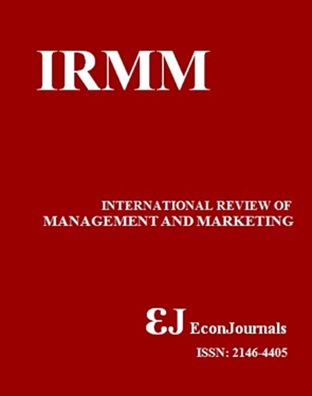Digital Transformation in Accounting Profession; An Application in TRA 2 Region#
DOI:
https://doi.org/10.32479/irmm.19789Keywords:
Digital Transformation, Accounting Profession, Accounting AuditingAbstract
This study aims to determine the impact of digital transformation on the accounting and auditing profession from the perspective of accounting professionals. In this regard, the advantages, disadvantages, benefits and drawbacks of digital transformation were evaluated according to the opinions of professional members working in Kars, Ardahan, Iğdır ve Ağrı (TRA 2) region. Survey methodology was used for data collection. Five-point Likert scale was used in the survey questions. The collected data were analyzed using SPSS 20.0 software. According to the results of the analysis, it was found that digitalization has contributed significantly to the accounting profession and transactions have become faster and more efficient. However, in order to reap the benefits of digital transformation, it is observed that more training is needed. The need to employ trained and experienced staff to benefit from these opportunities comes to the fore in the research, which assesses that digital transformation will provide new opportunities and career paths for professionals. While a significant proportion of professional members who participated in the research stated that digitalization will add value to the profession, their assessment is that if professional development is in place, it will be easier for professional members to adapt to innovation and their transactions will be faster and more efficient.Downloads
Downloads
Published
2025-06-23
How to Cite
Tazegul, A., & Cimşit, S. G. (2025). Digital Transformation in Accounting Profession; An Application in TRA 2 Region#. International Review of Management and Marketing, 15(4), 67–75. https://doi.org/10.32479/irmm.19789
Issue
Section
Articles
Views
- Abstract 48
- FULL TEXT 44




